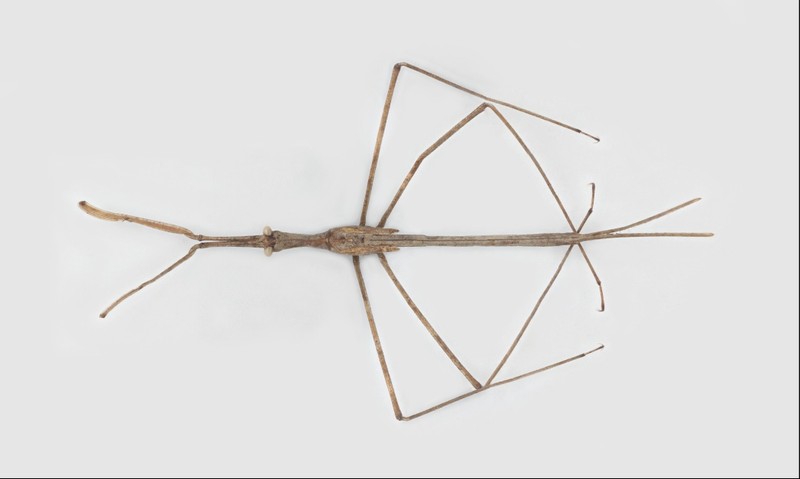order
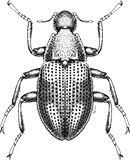
Coleoptera
“Adult Beetles”

Coleoptera
“Larval Beetles”

Diptera
“True Flies”

Ephemeroptera
“Mayflies”
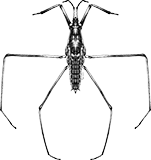
Hemiptera
“True Bugs”

Lepidoptera
“Aquatic Caterpillars, Snout Moths”

Megaloptera
“Alderflies, Dobsonflies, and Fishflies”
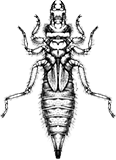
Odonata
“Dragonflies and Damselflies”
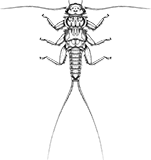
Plecoptera
“Stoneflies”
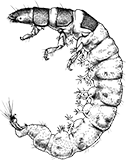
Trichoptera
“Caddisflies”
“Waterscorpions”
Family Overview
Nepidae


Waterscorpions
The mouthparts are slender, needle-like; the antennae are short and hidden from dorsal view; the end of the abdomen has a cylindrical breathing tube composed of 2 slender, non-retractile filaments.
Characteristics
POLLUTION TOLERANCE
Southeast: up to 7.5
0 = least tolerant, 10 = most tolerant
FEEDING HABITS
Piercer / Predator
MOVEMENT
Climber
Diagnostic Characters
order
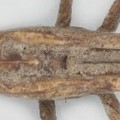
Hemelytra
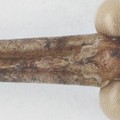
Needle-like Beak
family
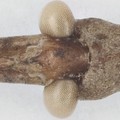
Antennae Shorter than Head
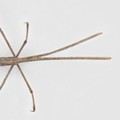
Long Breathing Tube on Abdominal Apex
+ Expanded Character List
Order:
Adults: With or without wings. If wings present, forewings typically leathery or hard basally and translucent and flexible apically. Nymphs: With or without wing pads. Segmented legs present. Mandibles hidden within needle-like beak in adults and nymphs.
Family:
The mouthparts are slender, needle-like; the antennae are short and hidden from dorsal view; the end of the abdomen has a cylindrical breathing tube composed of 2 slender, non-retractile filaments.
Dorsal





